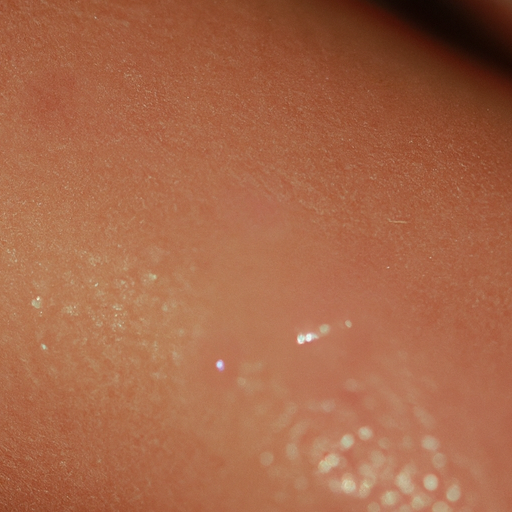Oily skin is a common skin condition that affects millions of people worldwide. It is characterized by an excess production of sebum, a natural skin oil, leading to a shiny or greasy appearance. While it can be frustrating to manage, understanding the causes and symptoms of oily skin can help you take control of your skin health.
The primary cause of oily skin is overactive sebaceous glands. These glands, located beneath the skin’s surface, produce sebum, an oil that helps keep our skin hydrated and protected. However, when these glands produce too much sebum, it can lead to oily skin. This overproduction can be triggered by a variety of factors.
Genetics plays a significant role in determining our skin type, including whether we have dry, normal, or oily skin. If one or both of your parents have oily skin, you are more likely to have it as well. Hormonal changes can also stimulate sebum production. Adolescents and pregnant women often experience increased oiliness due to hormonal fluctuations. Stress can also trigger an increase in oil production as the body produces more androgens, a type of hormone that stimulates the sebaceous glands.
Environmental factors can also contribute to oily skin. Living in a humid climate or experiencing seasonal changes can increase oil production. Additionally, certain lifestyle habits and choices can exacerbate oily skin. These include using harsh skincare products that strip the skin of its natural oils, leading the skin to produce more oil to compensate. Over-washing or scrubbing the face too hard can also stimulate more oil production.
The symptoms of oily skin are often easy to spot. The most obvious sign is a shiny or greasy appearance, particularly in the T-zone (the forehead, nose, and chin). Oily skin may also feel thick or heavy and may appear rough or dull due to the buildup of excess oil. Other symptoms include enlarged or visible pores and frequent breakouts, as the excess oil can clog pores and lead to acne.
While oily skin can be challenging to manage, it’s not all bad news. People with oily skin tend to have more natural moisture and are less prone to wrinkling and other signs of aging. However, it’s essential to take steps to manage oily skin to prevent breakouts and maintain a balanced complexion.
Firstly, use skincare products designed for oily skin. These products are often lightweight and non-comedogenic, meaning they won’t clog your pores. Avoid harsh products that strip your skin of its natural oils, as this can trigger more oil production. Instead, opt for gentle, oil-free cleansers and moisturizers.
Secondly, resist the urge to wash your face excessively. Over-washing can dry out your skin, prompting it to produce more oil. Aim to wash your face twice a day and after sweating heavily.
Lastly, maintain a healthy lifestyle. Regular exercise, a balanced diet, and adequate hydration can improve your overall health and, consequently, your skin health.
Understanding the causes and symptoms of oily skin is the first step towards managing it effectively. By making informed skincare choices and maintaining a healthy lifestyle, you can achieve a balanced complexion and keep the gloss in check. Remember, every skin type has its advantages and challenges. Embrace your unique skin type and take care of it the best you can.



